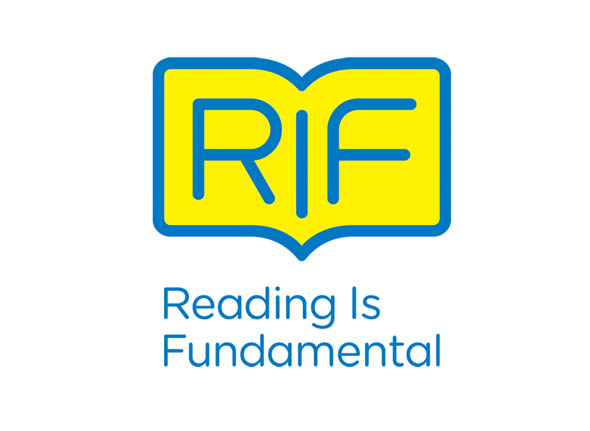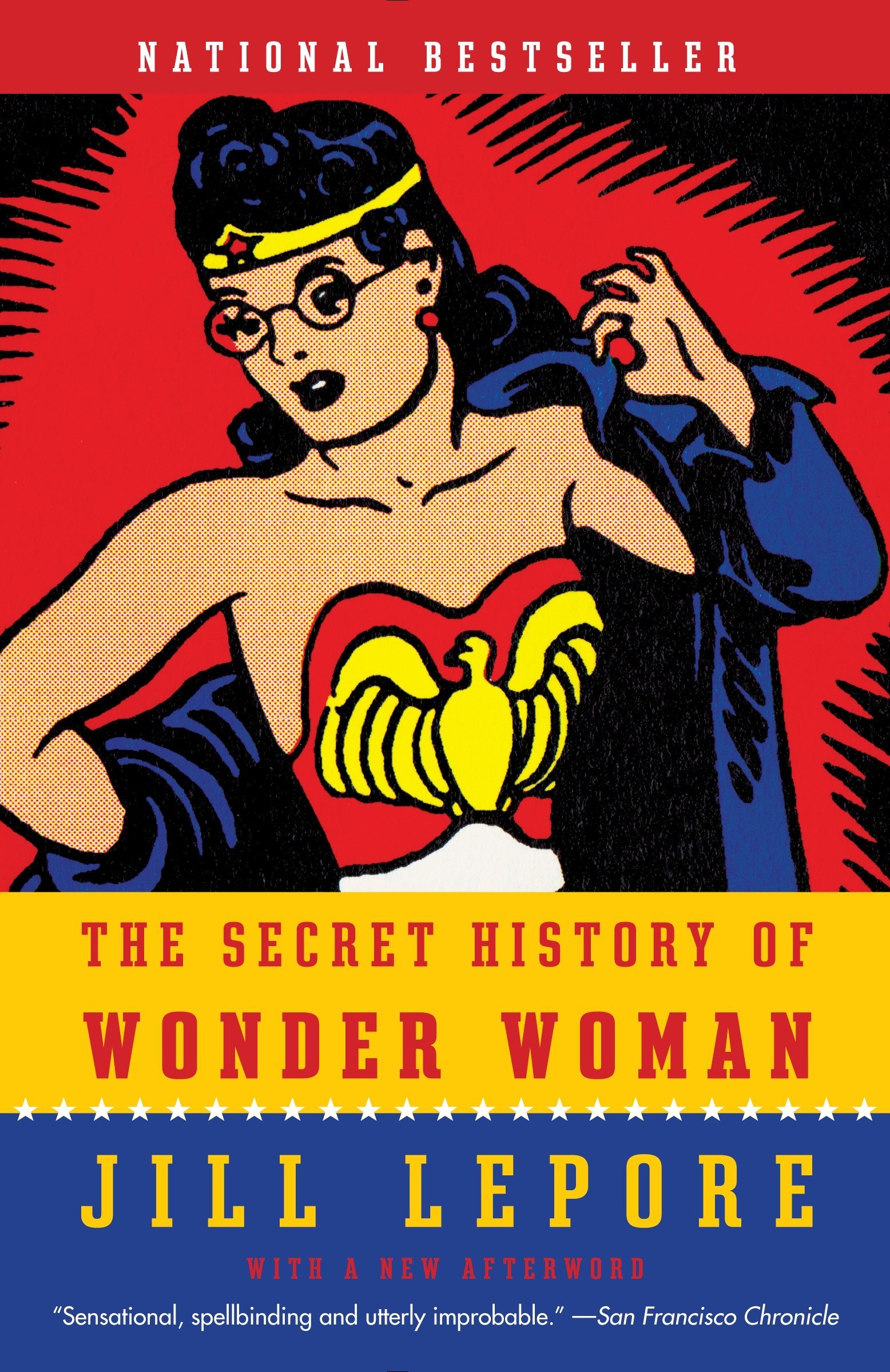For over 30 years, Bill Tally, Senior Researcher and Designer at the Education Development Center (EDC), has been using his expertise in education, interdisciplinary learning, and formative research to advance the role of digital tools in education. With a PhD in sociology from the Graduate Center of the City University of New York, as well as an extensive history of collaboration with institutions and esteemed educators such as the Library of Congress, National Geographic, The New York Times, MIT, and the Smithsonian, Bill is no stranger to the world of digital storytelling and has helped steer the merger of technology and academia on many projects.
Bill is currently collaborating with Fablevision Studios and Reading Is Fundamental (RIF) to create a revolutionary literacy game that transcends former digital boundaries in its incorporation of Augmented Reality (AR). The Phase I project will investigate how an AR/gaming approach can combat the summer slide and impact engagement for low-income third and fourth graders, and serves as a testament to the innovative, forward-thinking team behind it.
“At a time when kids casually carry the equivalent of a supercomputer around in their pocket and can do their homework in the Cloud, there’s no magic bullet when it comes to deepening learning for all kids,” shares Bill. “Deploying tech tools in ways that actually make a difference for learners and teachers still requires the collaborative work of great curriculum designers, creative storytellers, artists, programmers, and cognitive and developmental researchers.”
Get a behind-the-scenes look at Bill, the extraordinary team he works with, and his passion for pairing education with technology!
Tell us a little bit about your role at Education Development Center (EDC) / the Center for Children and Technology (CCT) and the work you do.
EDC is a not-for-profit R&D firm dedicated to improving education and health across the country and the globe. I’m part of a group of researchers, educators, and media designers in our New York City office. The Center for Children and Technology works to understand how digital media can play positive roles in kids’ lives and learning, both within and outside of the classroom.
Seymour Papert with LEGO Mindstorms Robotics Kit
Photo credit: MIT Media Lab
You’ve spent your career studying how digital tools and media can improve learning experiences. What initially drew you to this field, and how has it changed over the years?
What drew me to educational media research — way back in 1983! — was the chance to join a remarkable group of developmental psychologists, teachers, and media designers who had assembled at Bank Street College, a progressive school of education in NYC and home to one of the first ever educational media R&D labs. This group not only focused on the computer’s potential to improve learning and schooling, but they were innovatively asking how education can change computing — how the developmental needs of children and the needs of educators can shape the new technologies being developed. It was an exciting place to land. In my first week, I was showing fifth graders rough cuts of a science adventure show to see how they grasped the storyline and concepts, and sitting in on game design sessions with scientists and programmers.
What I’ve noticed is that in 1983, the Apple II’s blocky green pixel resolution was the cutting edge of educational innovation; yet at the same time, Seymour Papert’s Mindstorms was getting teachers across the country excited about teaching youngsters to program computers in an intuitive, playful way. Today, our games, simulations, and teaching tools have far greater verisimilitude, responsiveness, and power (hail VR and AR!), but the project of helping kids become computational thinkers hasn’t advanced very far; it’s still an exciting frontier.
What makes game-based learning media unique, and why do you think it is so effective at engaging with young people?
There are many kinds of games, and they work as learning media in different ways, but there are some common elements across them. At their best, games are patient, generous teachers. You can try over and over and they will not get bored or frustrated with you. They put you and your actions at the center — things only happen based on choices you make. They give you feedback that you can use to get better. In addition, many of the most engaging games are narrative structures that invite you to imaginatively enter a world of “as if” and “what if," which our narratively-wired brains find deeply compelling. And of course, games are deeply social, so we love using them to relate to, and compare ourselves to, our peers and friends.
What are your top tips for practical ways that media developers can incorporate research into their tools and products?
Many developers do the things that are most important — they playtest prototypes with kids to understand what is and isn’t working, and team up with teachers or parents to pilot test a game or product to see how it does or doesn’t fit in the classroom or home. But good research helps in other ways. In the planning phase, we often:
Photo credit: Zoom In!, EDC
- Help developers zero in on the most important content to aim at by interviewing kids and teachers and scanning assessment data. In this way, we can determine the concepts and skills that kids struggle most to learn and teachers struggle most to teach.
- Also useful is creating a logic model, a sketch that makes the team’s hypotheses about learning clear at the outset — for example, how this particular game mechanic should support the acquisition of this particular skill or concept, and why.
- During development, it’s important to test prototypes with a range of users — not just upper middle class kids who like school— and to look beyond appeal and usability to effectiveness: What are the cognitive moves users are making as they use the different parts of the prototype? Which features are helping them build a better understanding, and which are getting in the way? What tweaks are needed?
- Finally, it’s important for stakeholders to know if the tool or product actually works to “move the needle” of learning.
EDC has worked with the likes of Library of Congress, the Corporation for Public Broadcasting, The New York Times, National Geographic, and WNET, among many others. What are some universal truths you’ve observed while working with these big movers and shakers?
An old story comes to mind: an educational guru touring a school asks each teacher she meets what he teaches, and the answer comes back, variously: “I teach history,” “I teach biology,” “I teach statistics.” “No, you don’t,” comes the reply, “You teach children.”
While a little smug, this observation has an undeniable truth: it’s not all about the content. Each of the amazing organizations you mention began with an abundance of incredibly rich educational content — archives of primary source documents, decades of news stories and images, thousands of beautifully made television programs, games, and interactives — but has had to work hard to figure out how to configure this content for kids and teachers in ways that support effective teaching and learning. Often, this means investing in training and professional development for parents and teachers so they learn how to play, teach, and talk with kids differently through media. It turns out that digitizing and indexing rich content, streaming it to desktop and mobile devices, etc., is the easy part; helping adult teachers and caregivers use rich media to enhance kids’ learning and growth — that’s where the action is.
After successfully completing Phase I and receiving the Phase II SBIR grant for Cyberchase Fractions Quest game, how has the prototype shown promise for improving student learning of fractions?
Fractions Quest lets eight and nine-year-olds play with mathematical concepts in a game world populated by Cyberchase characters and storylines they like. Our early studies have shown that the game mechanics help them grasp concepts that kids and teachers find particularly challenging— like fractions on the number line.
What excites you the most about working with Augmented Reality technology for the upcoming Mix Libris literacy game developed by FableVision and Reading Is Fundamental?
AR, like VR, is a largely unexplored medium when it comes to education. What’s exciting to me is the chance to build and test an educational application for struggling readers in the company of some of the most creative designers, artists, programmers, and child literacy advocates in the field.
How can schools do more to incorporate digital tools into the classroom?
The most important thing schools can do is give teachers the time and support they need to try out new tools, practice weaving them into teaching, and evaluate the results. Lots of worthwhile learning tools never get much traction in schools because teachers are not supported in running meaningful classroom pilots to discover their potential.
More About Bill:
Favorite podcast: A Very Fatal Murder, Onion Public Radio
A good read: The Secret History of Wonder Woman by Jill Lepore
Best digital learning tool: Zoom In, a free US history and writing platform for middle and high schoolers that we made!
Nostalgic piece of children’s media: Alistair Sim’s “awakening” as Scrooge
Passion: Playing jazz piano and crooning tunes from the American Songbook
The best library to do work: Whatever local library I’m near. (Thank you, Andrew Carnegie!)











